About this item
Additionally referred to as Jute Sutli, Jute Yarn, Jute Thread, or Sutli Dhaga.
- Jute yarn is a versatile material that is both inexpensive and sustainable.
- It is removed from the jute plant’s outer skin and spun into yarn using conventional spinning methods.
- Rugs, bags, sacks, upholstery fabrics, and even a replacement for rope and twine in building projects can all be made from jute thread.
- When doing Satyanaryan Puja, jute rope is used to bind banana leaves together for the ritual.
- When performing poojas at home, jute rope is used to adorn altars or hang lamps or diyas.
- Jute yarn is used to create baskets, mats, curtains, wall hangings, carpets, and other ornamental items in art and craft.
What is Jute Thread or Sutli?
The jute plant, native to South Asia, produces jute yarn as a natural fibre. It has been used for millennia as a flexible and inexpensive material for various uses. Sutli often comprises two delicate strands wrapped into one another. Due to its sustainability and low cost, its long-lasting resilience has grown in popularity in the textile sector.
India, Bangladesh, and many other nations in Southeast Asia are home to the jute plant. The jute plant’s stem or stalk removes the fibres, which are spun into yarn using conventional spinning methods. Due to its strength, jute thread is frequently used to create rugs, bags, sacks, and upholstery fabrics and even to replace rope and twine in building projects.
Uses of Sutli in Puja to Make Mandap
The versatile jute rope is a crucial component in Satyanaryan Puja. Lord Vishnu and Narayana are the targets of this puja, a traditional Hindu practice. Jute rope is used during this puja to secure the banana leaves together for the event.
Jute rope is used in Satyanaryan Puja to establish a connection between the adored God and the devotee doing the puja. The jute rope is a good link between the worshipper and God in this spiritual ceremony. Banana leaves are tied together with jute ropes and then filled with holy water to serve as offerings during the puja ceremony. When doing poojas at home, these ropes can also be used to decorate altars or hang lights or diyas.

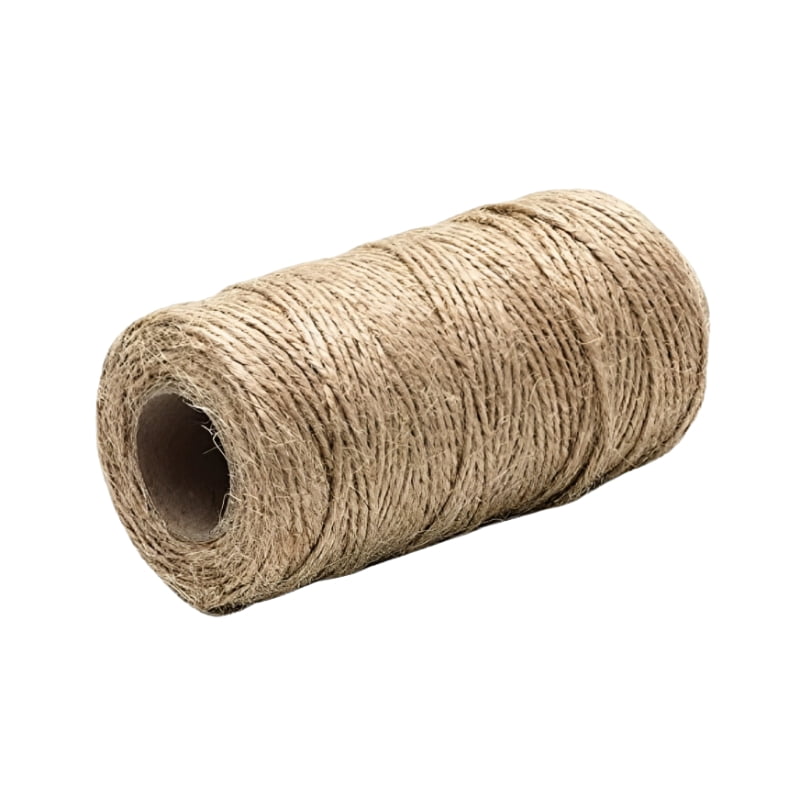
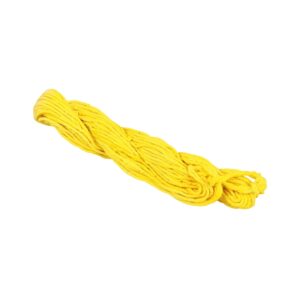
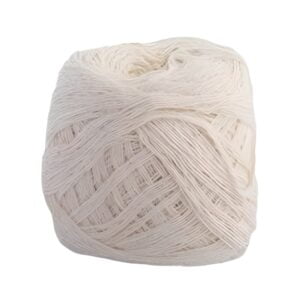
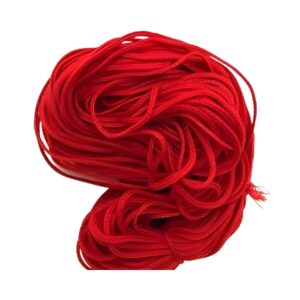
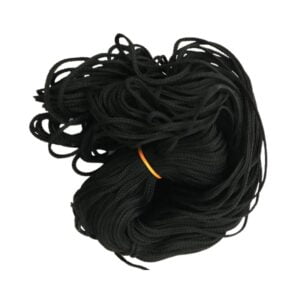
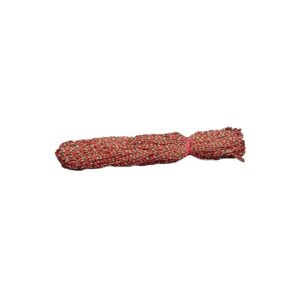
Reviews
There are no reviews yet.